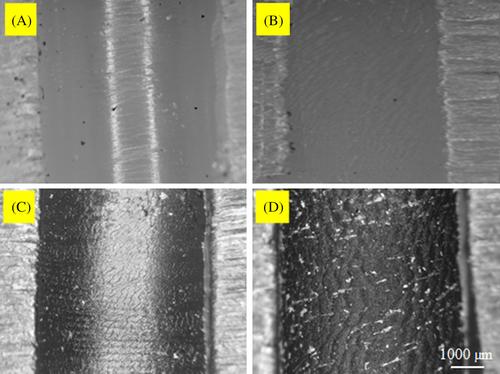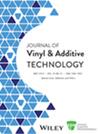Effect of solid lubricant reinforcing on drilling performance of castamide and thermal analysis
Abstract
This study addresses the pressing need for enhancing the machining performance and hole quality of castamide by investigating the effects of solid lubricant addition and drilling parameters. Castamide, a highly crystalline polyamide synthesized via anionic ring-opening polymerization, offers superior mechanical, physical, and chemical properties compared to conventional polyamide 6. However, its machining process, particularly drilling, remains a critical challenge due to its viscoelastic nature and sensitivity to heat generation. Using experimental investigations, thrust forces, drilling temperatures, hole geometry, and quality parameters are systematically analyzed and discussed. Notably, the study introduces Kestlub, a modified version of castamide with solid lubricant, and evaluates its drilling performance, a previously unexplored area in the literature. The research employs response surface methodology to model experimental data, considering both linear and quadratic effects of drilling parameters. Additionally, the significance of each parameter is assessed using ANOVA tables and Pareto charts, offering valuable insights into optimizing the drilling process for enhanced hole quality in castamide. It found that optimal drilling conditions occur at low rotational speeds and high feed rates, but thermal damage, influenced by factors like thermal conductivity and transition temperature, affects hole geometry and burr formation.
Highlights
- Drilling performances of solid lubricant reinforced castamides were investigated.
- Drilling temperatures were recorded with a thermal camera and differential scanning calorimeter and thermal gravimetric analyses were performed.
- Drilling properties were analyzed statistically according to the response surface method.
- It found that optimal drilling conditions occur at low rotational speeds and high feed rates.


 求助内容:
求助内容: 应助结果提醒方式:
应助结果提醒方式:


